From setting up companies in the IT sector and then selling them to tech giants, Yaswanth Vepachadu has now ventured into biryanis and more, except that his biryani comes in a steel box that is yours to keep.
(September 17, 2023) It is often said that once you get bitten by the entrepreneurial bug, no challenge is big enough. That would be the case for Yaswanth Vepachadu who, after graduating in civil engineering from the Vasavi College of Engineering, Hyderabad, went on to do his MBA from the NM Institute of Management in Mumbai. Thirteen years of shuttling between the US, sometimes just for a weekend even, Canada and India resulted in the establishment of several companies that he set up. Subsequently, he would sell these IT verticals to tech giants like Deloitte, Accenture, Facebook, etc.
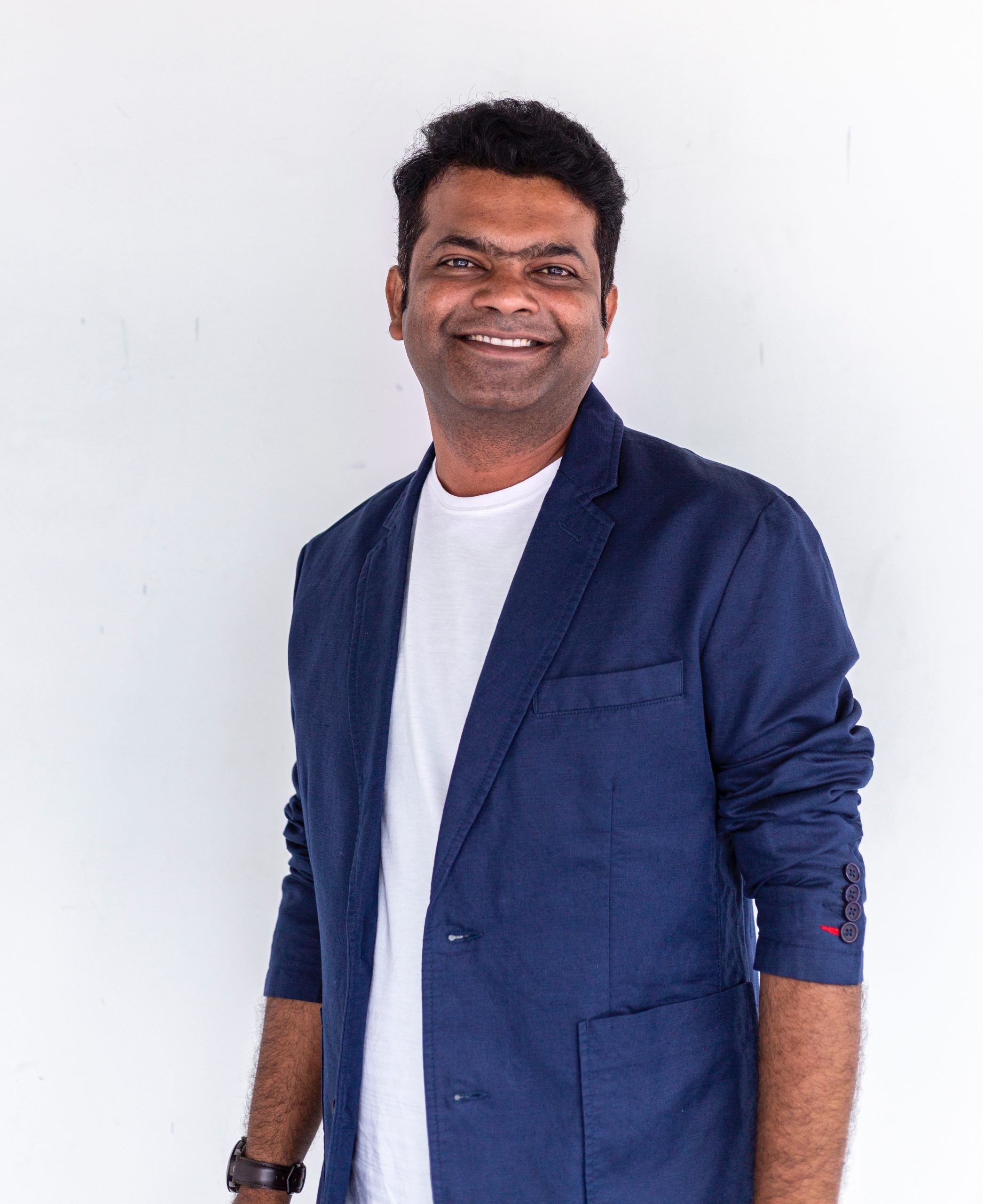
Yaswanth Vepachadu, Founder of Neos ka Dabba.
For the love of Biryani
While still holding a corporate post of Group CEO for the Nivriti group of companies which he quit only last month, Yaswanth, over a casual conversation with friends about the unavailability of a good biryani in Bengaluru, decided to start an outlet of his own. He also had a couple of friends in Vancouver, Canada, willing to invest and that is how Neos Biryani was conceptualised. Yaswanth recalls, “Earlier this year when my friends and I couldn’t get a decent biryani in Bengaluru, we decided to start a food business to make the kind of biryani we liked. We rented out a central kitchen space, which also belongs to one of my friends, and started research. We hired 24 local chefs, who know how to make a true biryani and Bangladeshi Muslim specialist cooks from Odisha. Between them, we zeroed in on the formula for the masalas to use and the recipe to follow. We have now hired four out of the 24 permanently and they work at the main kitchens. For the second level of staff, we hired hotel management graduates who follow the recipes created by the chefs without making changes.”
Neos ka Dabba
Interestingly, Yaswanth didn’t attribute any meaning or specific connection to the name Neos. He shrugs, “I just wanted a four-letter word; I thought of Neos and it got accepted during registration.” And what about the steel dabba that the biryani is served in? He elaborates on the philosophy behind it. “During our research and brainstorming sessions, we found that biryani is the most ordered dish by middle-class and lower middle-class people on weekends. Also, women in this demographic have great use for steel dabbas and cherish the ones they have. So, we thought it would add value to the dish when they ordered it as they could keep the box and use it for other things later.” The boxes come in three sizes, based on the serving for one, two, or four people.
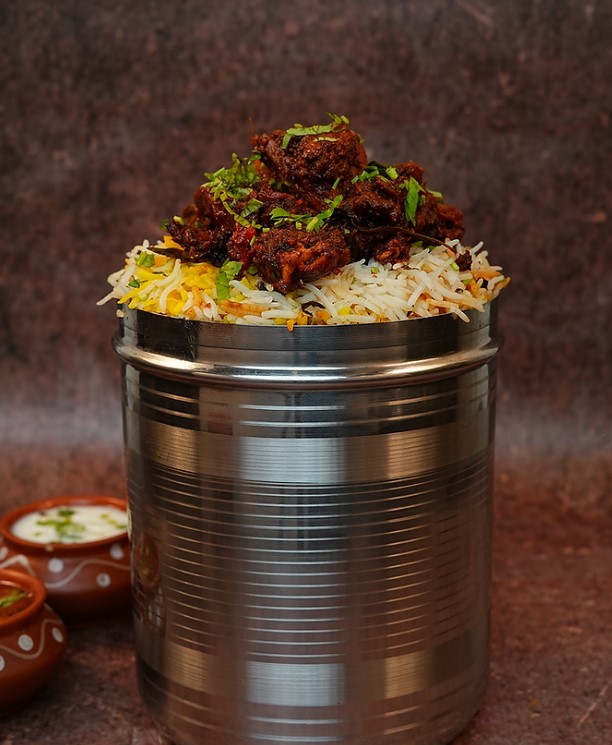
Neos Biryani.
The business model he follows is that of cloud kitchens and QSR takeaway outlets. In Hyderabad, the cloud kitchens are in Kukatpally and Kokapet, and AS Rao Nagar and LB Nagar are on the anvil. He will shortly launch in Mumbai and some more outlets in Bengaluru, where currently, they are in Electronic City, Bomasandra, Whitefields, and Hebbal. A diner that can seat 40 people is also part of the expansion plan for Electronic City.
He even has two cloud kitchens in Vancouver, Canada. There, Neos is based in a shared kitchen space, much like co-working spaces. And based on Canada’s food regulations, the recipes have been tweaked to lower spice levels. In Hyderabad, there are QSR takeaway joints where you can buy the Neos biryani offline. The cloud kitchens supply these outlets.
Expanding menus and the company
Launched in March 2023, Neos follows the standard recipe created by its chefs for the biryanis available. However, customer feedback led to Yaswanth having to expand the menu to include starters like kebabs, shawarmas, rice bowls like rajma chawal, palak paneer and rice, chicken curry, and rice etc. The biryani of course is the star of the menu and comes in veg, mushroom, egg, chicken, and mutton and a mixed one with chicken, mutton, and prawns. Within the chicken version alone, there is the 65, lollipop, fried, and dum-cooked biryanis to choose from. But, Yaswanth is very particular about quality. Hence the quantity made is limited. He says, “Between all my kitchens in Hyderabad, we make only 300 portions of biryani per day. I have found that when you increase the quantities, the quality goes down. On weekends, when there may be more demand, I makeup to 400 but not more than that.”
Yaswanth has been a stickler for good quality from the start. Even the ingredients used have been carefully chosen by him and his team. He says, “I know that people consider other rice strains also good for biryani, especially in Kerala and Tamil Nadu, but in Telangana, you won’t be forgiven if you don’t use basmati rice. The basmati I get is specially brought from Punjab and costs me Rs 170 a kilo. For the spices we needed based on the recipe we finalised, we went to Wayanad in Kerala, and spent ten days meeting various growers and suppliers, before zeroing in on the one whose quality we liked the best. Our ghee comes from one supplier in Ramanthapur (a distant suburb in Hyderabad) and it costs Rs 1500 a kilo. His ghee is famous. You go there and ask anyone for Ramanthapur ghee and they will point you to his outlet. We even send this ghee to our cloud kitchens in Canada. The meat in Hyderabad is sourced locally, but here too, we stress quality.”
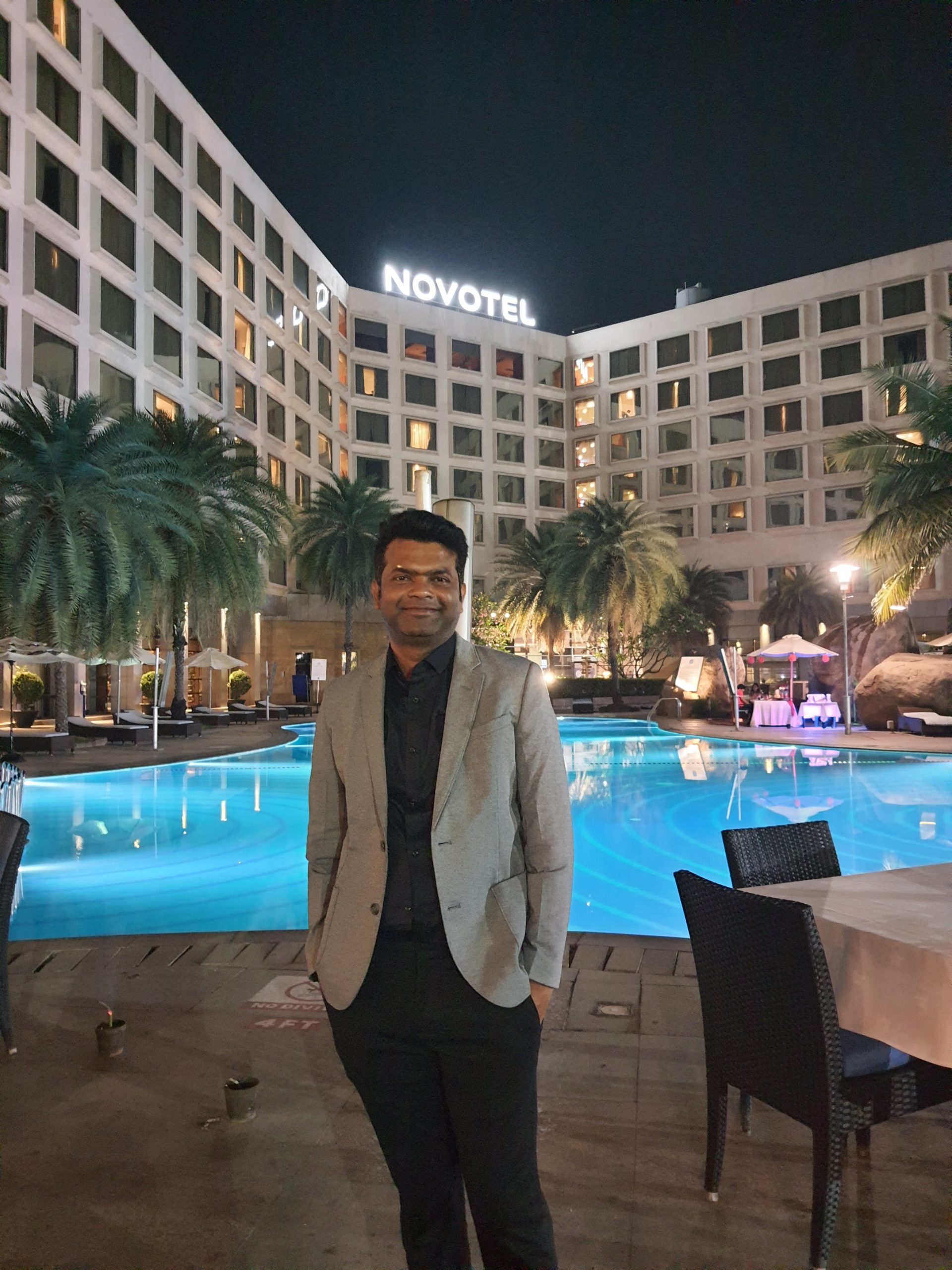
Despite all these factors and the costs involved, Neos began making profits early on. Started with an initial investment of Rs 60 lakhs, with more funds infused later, an investor also showed interest and he has bought an eight percent stake in the company. Yaswanth now plans to open outlets in the US and some more in Canada.
Strangely, the only challenge Yaswanth has faced is from petty customers. Human nature being what it is, people would order the biryani without the steel box [that was an option on the menu for those who didn’t want the dabba on food delivery apps], then post pictures and reviews saying they did not receive it in the steel box. Or, they would remove one piece of meat and say the quantity was not as promised. Yaswanth had to personally speak to the customer service heads of these apps to have the problem sorted. He has also now discontinued the box-free option of the biryani on the apps. Only the takeaway outlets will give it to you in foil packaging. If you order online, it will come with a steel box.
In the ubiquitous world of the much-loved biryani, to be able to make a mark with a new brand within a short span of time is no small achievement. And with expansion plans afoot, this Global Indian is likely to make the steel dabba biryani a familiar sight soon.
- Follow Yaswanth Vepachadu on Instagram



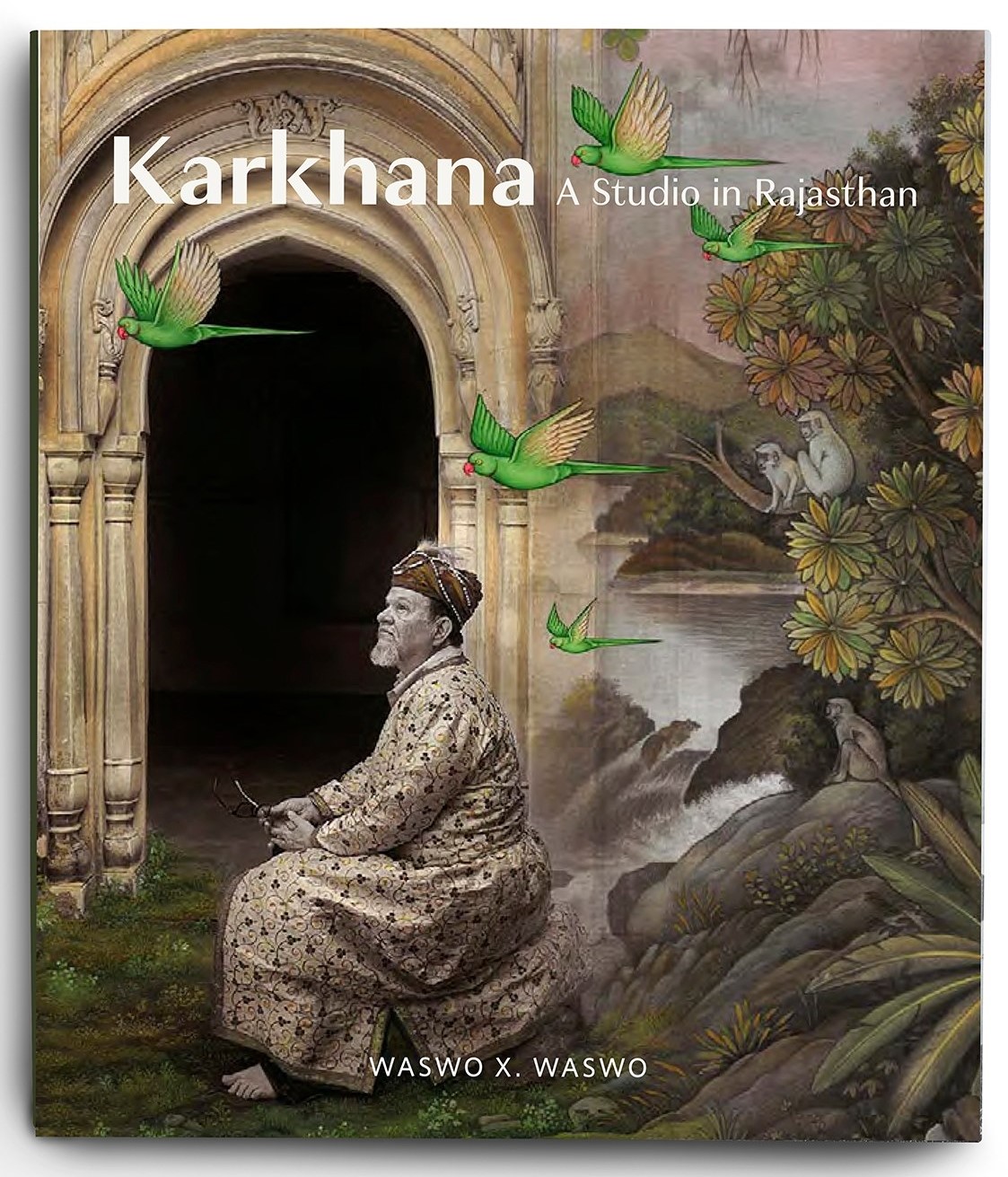
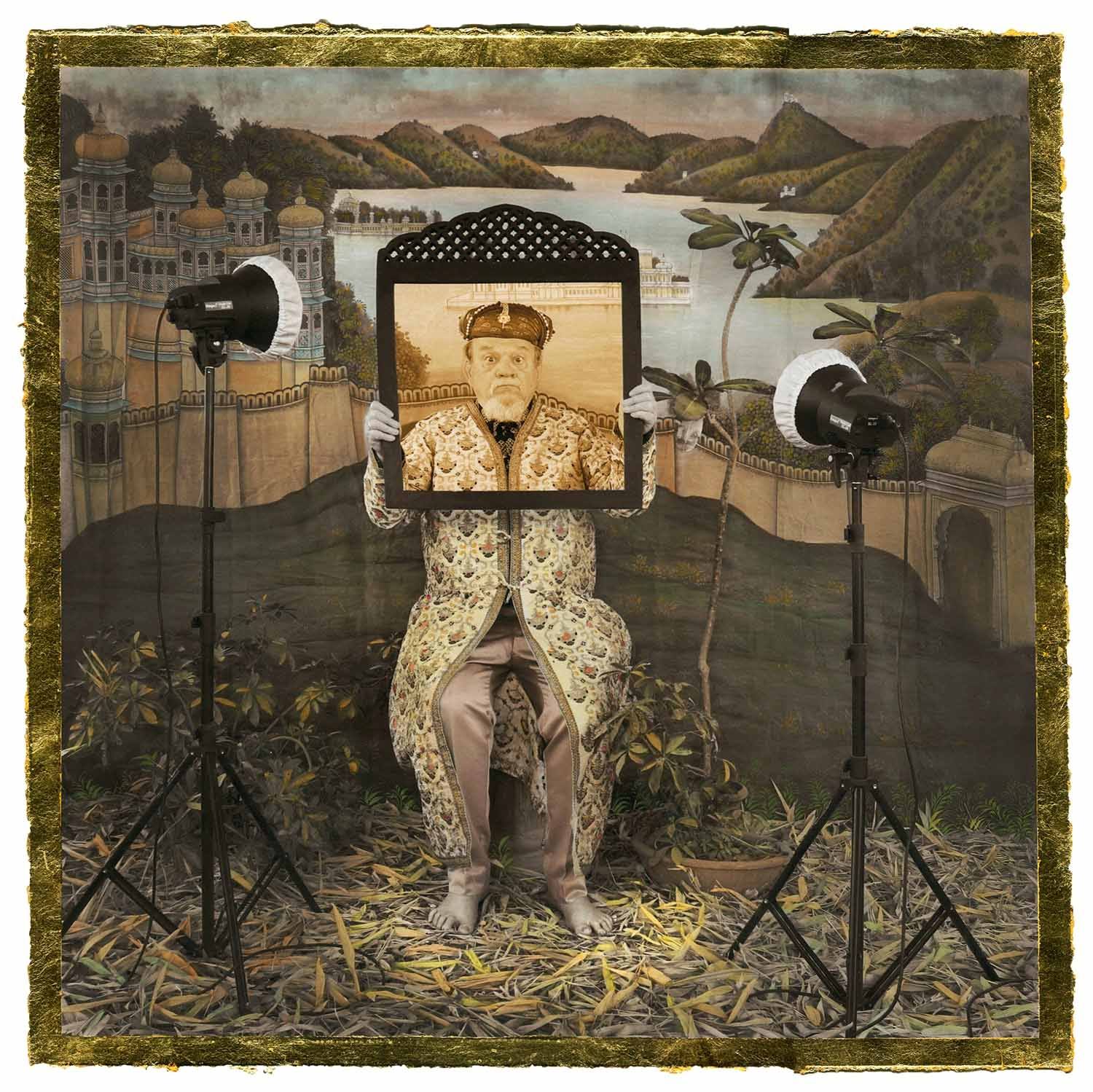

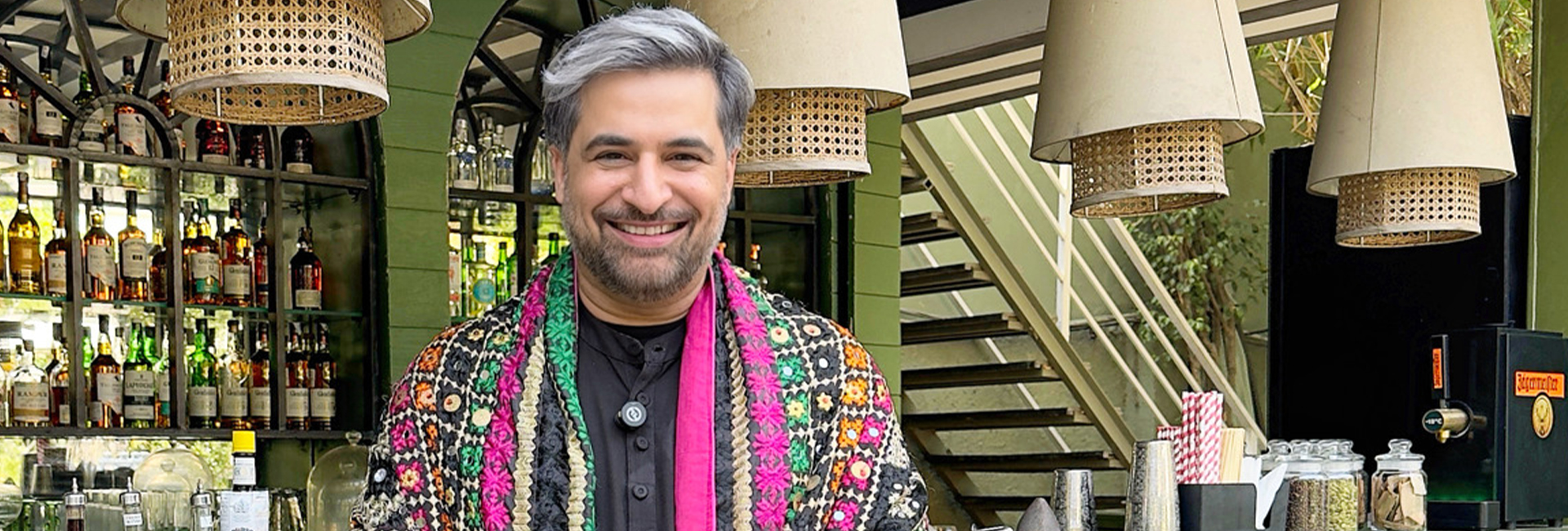
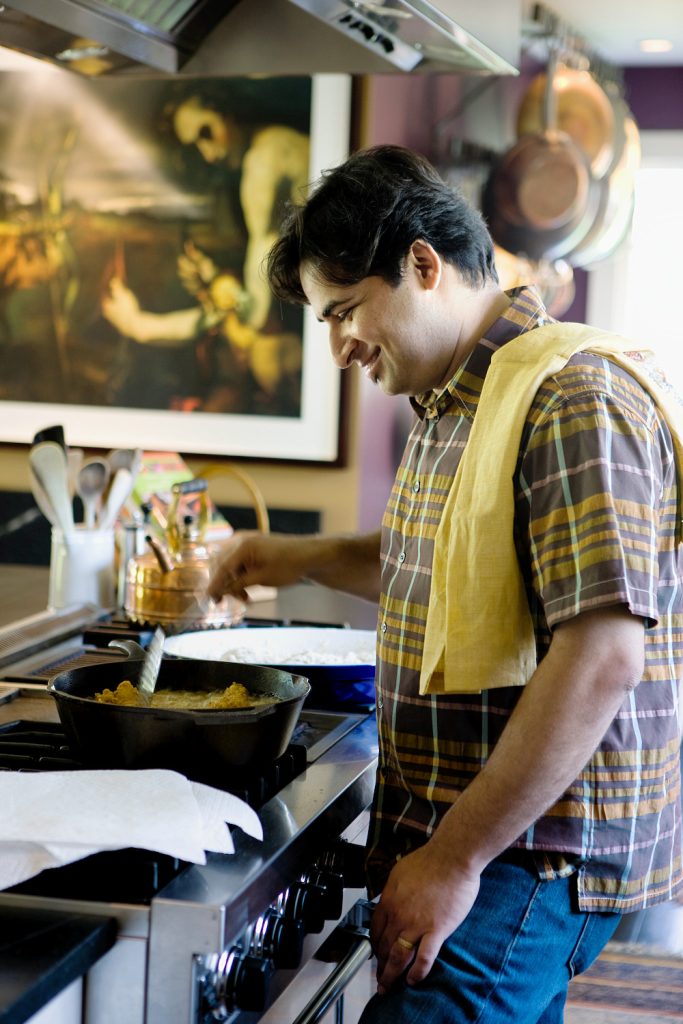
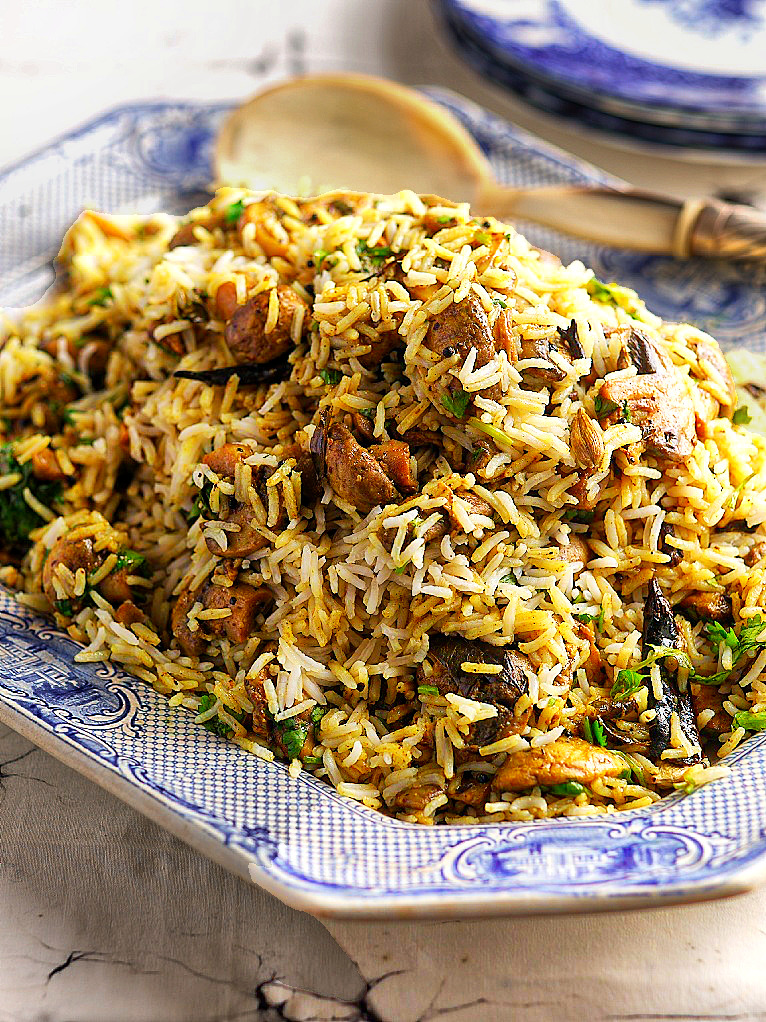 Malabar Mushroom Biryani[/caption]
Malabar Mushroom Biryani[/caption]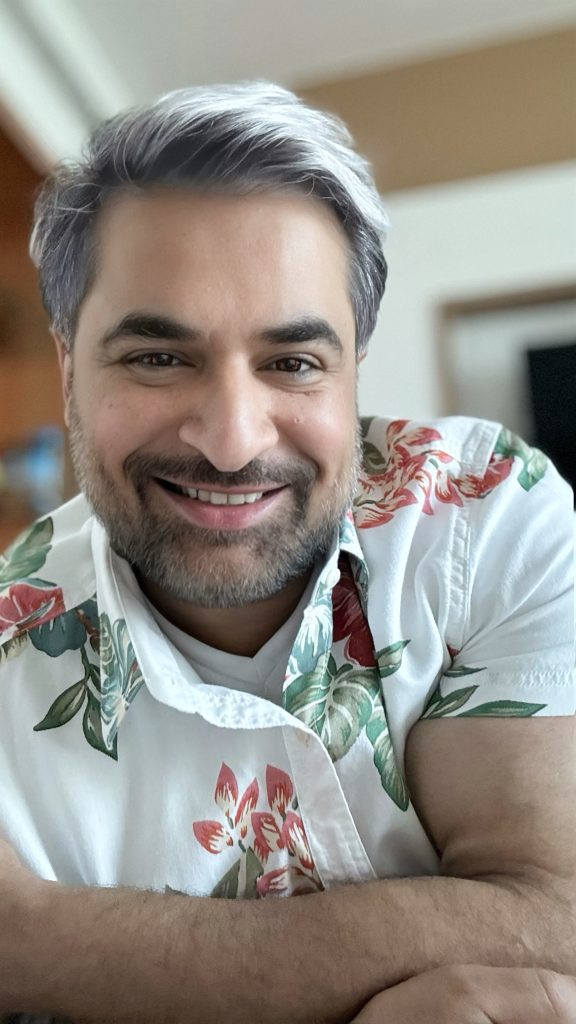
 Grandma's cornbread[/caption]
Grandma's cornbread[/caption]
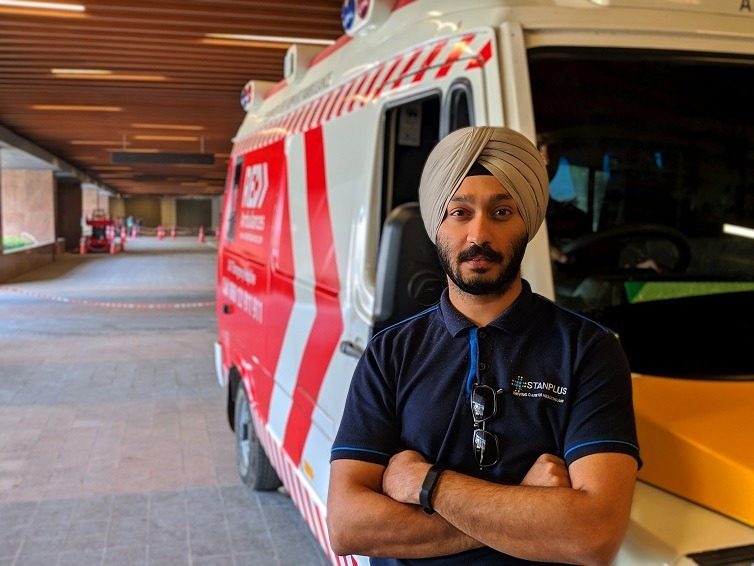

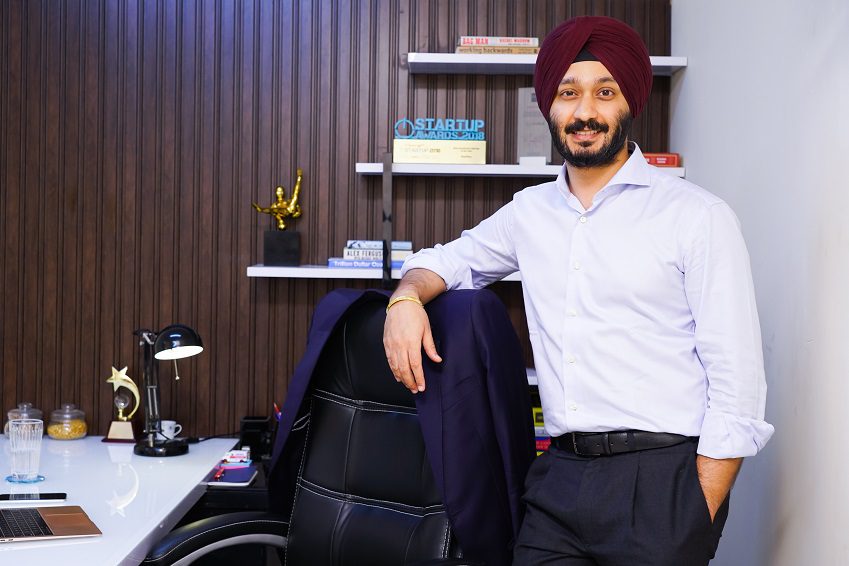

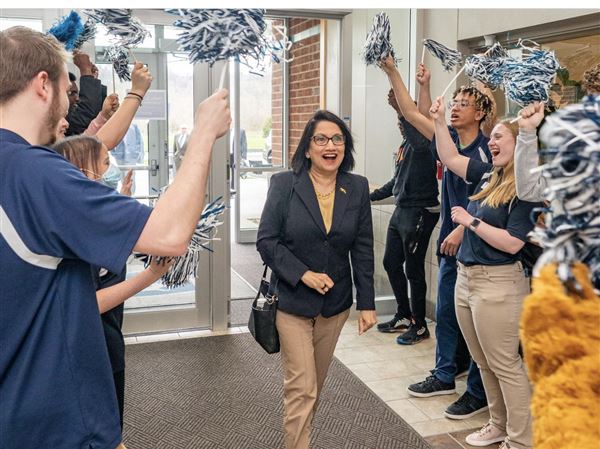
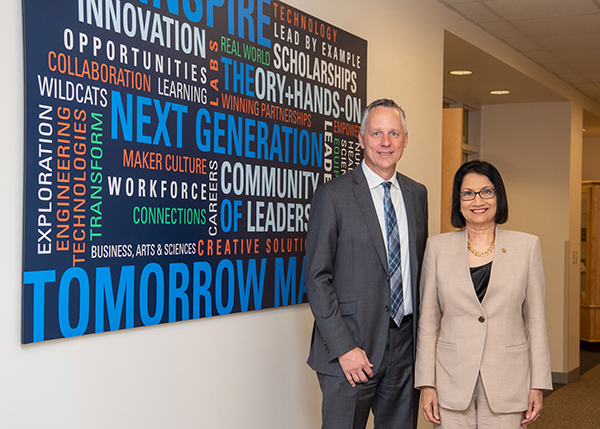
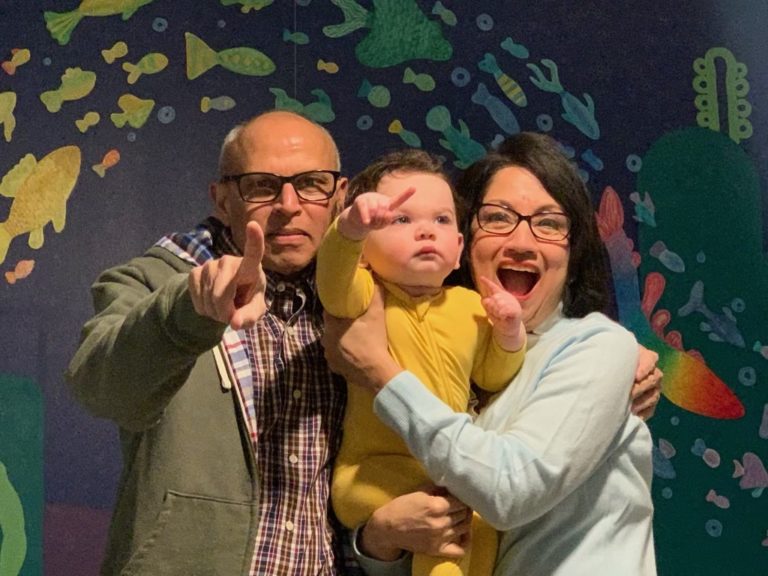 President Neeli Bendapudi and her husband, Venkat, with their 14-month-old grandson, Arjun[/caption]
President Neeli Bendapudi and her husband, Venkat, with their 14-month-old grandson, Arjun[/caption]
Super biryani and my favourite flavour
Superb, fantabulous Mr.Yashwanth
Worst worst Ever before Never After Parama chetta Ika ardam chesukondi Thokkalo biryani steel dabba kosam evadra kondi tinedi chetta biryani amta show avasarama canada amta US amta Twaralo address umdadu chudamdi.